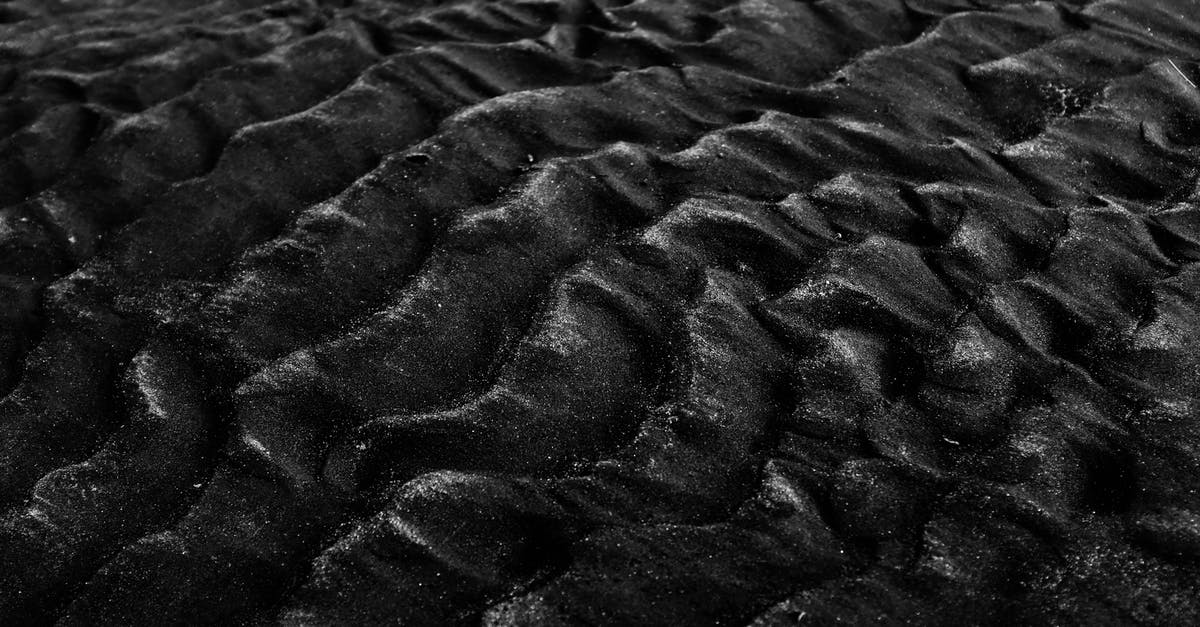Why is Cybertron larger than earth?

In the Transformers Prime episode Deadlock, the Deceptions constructed a new Omega Lock with the intention of cyberforming the earth, which we know has Unicron for its core. After the Autobots obtained it, Ratchet told Optimus that it might not work for restarting Cybertron, which has Primus for its core, because the Cybertron is so much larger than earth. Since both planets contain the bodies of assumedly equal beings of creation and destruction, why was Cybertron larger? In One shall Rise, Optimus theorized that the reason no one noticed Unicron within our planet was the fact that debris from space slowly gathered around his slumbering form, gradually forming the planet we live on. This, however, would lead us to the conclusion that earth should be larger than Cybertron, not the other way around.
Why is Cybertron larger than earth? Is there significantly more matter in Cybertron than what was originally a part of Primus? Alternatively, if Unicron was smaller than Primus, can anyone explain why? Was there ever a definitive statement of proportional size, or in-cannon evidence of battles (with the 13 or otherwise) where he lost mass?
Also, please note that this question is about transformers-prime, anyone who points out Gen-1 size inconsistencies without tying them to this continuity will not be appreciated.
Best Answer
Update: As stated in the episode One Shall Rise, Part 1 of Prime, Primus merged with the existing planet Cybertron after he and the thirteen defeated Unicron. The size of Earth and size of Cybertron are mutually exclusive. From what I remember, Primus created Cybertron on purpose, Earth was a coincidence of Unicron floating in space.
Unicron is typically depicted as the "that's not a moon" to Primus' planet size. Cybertron has always been depicted as larger than Earth.
They never provide an explanation of how much mass was around Unicron as the planet formed, but that would have more to do with how much other planet forming mass was in the areas around the solar system and the stars in that system and etc (celestial gravitational forces are complicated). On the other hand, Cybertron was both built, and living, mechanical life, while the Earth was assumed to be inert material that life happen to start on the face of.
But Primus is the life bringer. It's only natural for the Force of creation to be bigger than the Force of destruction. Look at humans vs transformers for size comparison. And as is shown often, size has nothing to do with strength.
Pictures about "Why is Cybertron larger than earth?"



Is Cybertron bigger than Earth?
Cybertron appeared considerably smaller than the planet Earth. Entirely metallic on the surface, some of the lowest levels of Cybertron consisted of rock and dirt, suggesting an organic beginning to the planet.Is Cybertron bigger than Unicron?
For Marvel continuity, Cybertron is the size of Saturn and Unicron is similarly sized. In Dreamwave, judging by the Ultimate Guide, Cybertron and Unicron remain in scale with the Marvel iterations: Saturn-sized.Is Cybertron and Earth connected?
In some universes, Earth's connection to Cybertron is furthered by being the resting place of a Transformer deity, as Primus resides within Cybertron, such as Gaea, Atlas, or even the dreaded Unicron. In some universes, Earth becomes the post-apocalyptic planet Gaia.What kind of planet is Cybertron?
Cybertron may refer to: A fictional planet, the homeworld of the Transformers and the planet form of their creator Primus. The English dub name for "Tobikage", a small robotic ninja in the TV series Ninja Senshi Tobikage.TRANSFORMERS: THE BASICS on CYBERTRONIAN COLONIES
Sources: Stack Exchange - This article follows the attribution requirements of Stack Exchange and is licensed under CC BY-SA 3.0.
Images: Adrien Olichon, Anna Shvets, Marina Leonova, Ron Lach
